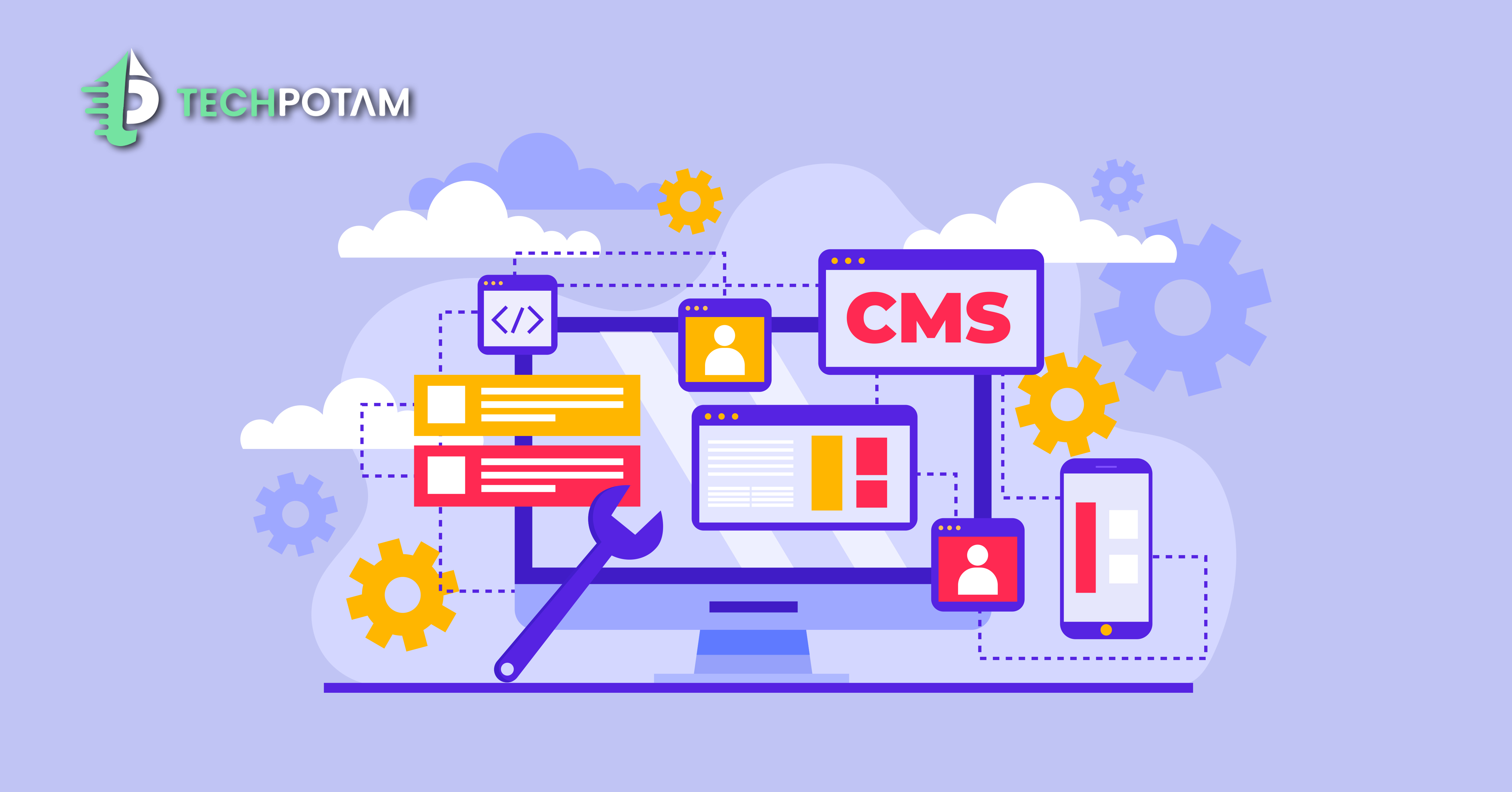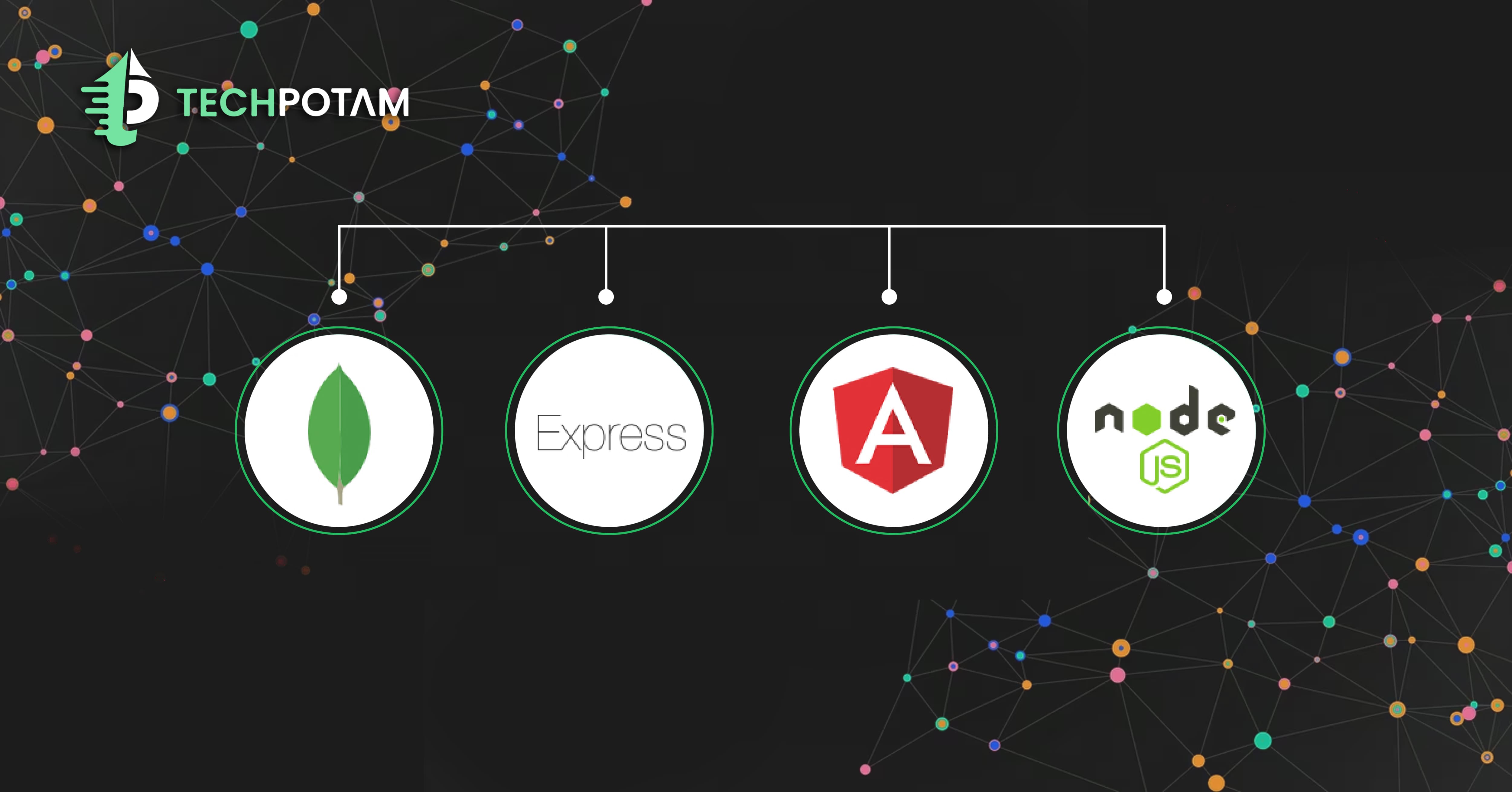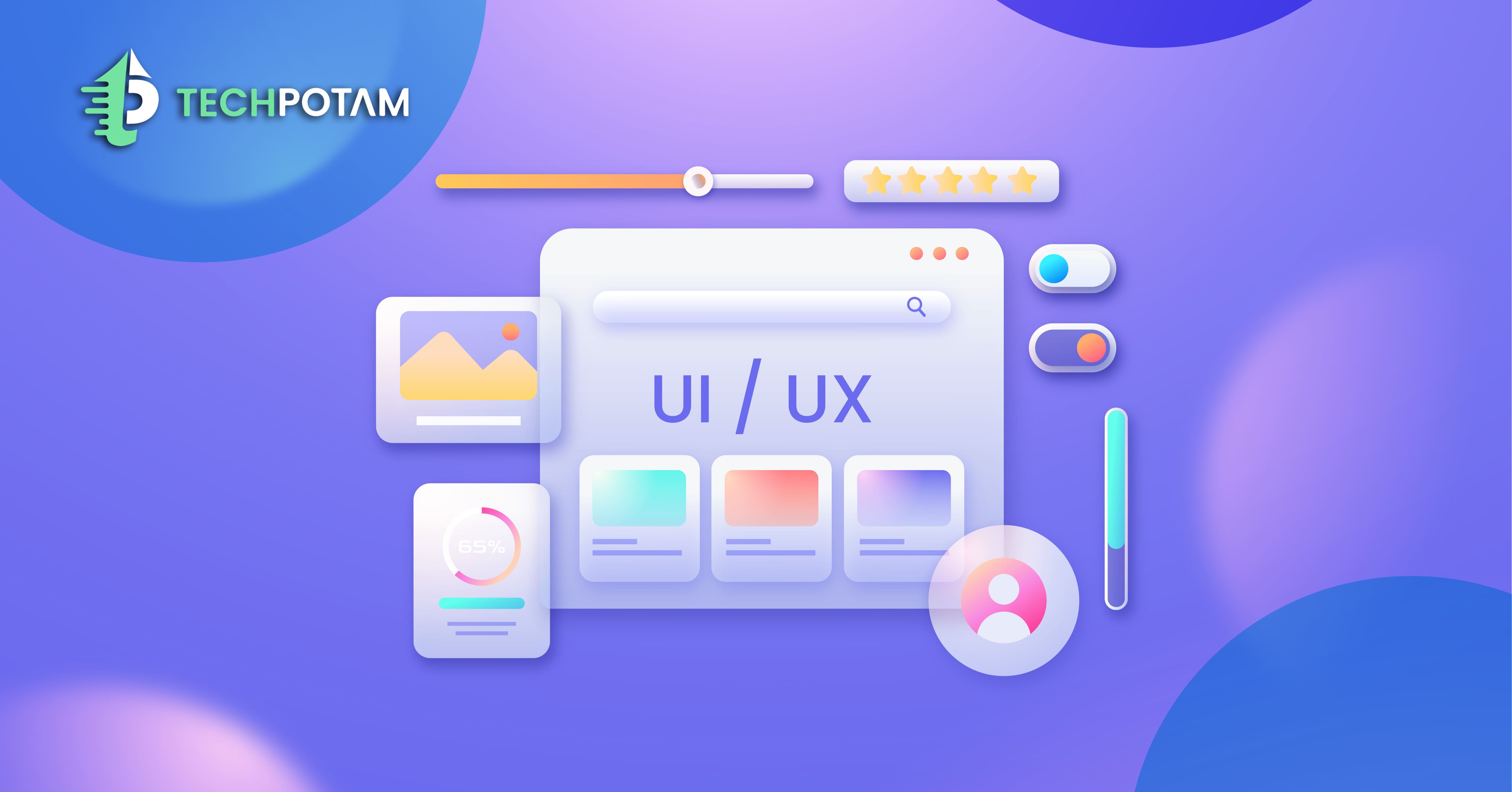In the ever-evolving digital panorama, the imperative of web accessibility has solidified its status as an indispensable facet of web design and development. As the world progressively depends on the internet for information, services, and communication, it becomes paramount that websites are meticulously crafted to accommodate the diverse spectrum of users, encompassing those with unique abilities and challenges. In this exposition, we embark on a journey through the domain of web accessibility and underline the significance of upholding WCAG (Web Content Accessibility Guidelines) compliance.
Comprehending the Import of Web Accessibility
Web accessibility encompasses the meticulous practice of ensuring that websites and web applications are meticulously forged to be navigable by individuals with a myriad of disabilities. This encompasses not just physical disabilities but also cognitive, auditory, and visual impediments. The import of web accessibility cannot be overstressed; it actively advocates inclusivity and guarantees that all can seamlessly access and engage with digital content.
The Juridical and Ethical Obligation
In recent epochs, the legal landscape concerning web accessibility has undergone a substantial transformation. Numerous nations have instated decrees mandating strict adherence to web accessibility standards. A seminal legislation in this regard is the Americans with Disabilities Act (ADA) in the United States, which mandates that websites be easily accessible to individuals with disabilities. Neglecting to adhere to these legal stipulations can lead to legal ramifications and substantial penalties.
Beyond the legal aspect, there is a compelling ethical obligation to prioritize web accessibility. Every individual is entitled to untrammeled access to information and online services, and as stewards of the digital domain, it becomes our ethical duty to actualize this aspiration.
Navigating the Realm of WCAG Compliance
To actualize web accessibility, strict adherence to the Web Content Accessibility Guidelines (WCAG) becomes imperative. WCAG serves as a universally acknowledged compendium of guidelines meticulously crafted by the World Wide Web Consortium (W3C), providing a comprehensive blueprint for enhancing the accessibility of web content.
The Four Pillars of WCAG
- Perceptible: Information and elements within the user interface must be presented in a manner that renders them perceivable, irrespective of user capabilities. This entails the provision of descriptive text for images, subtitles for multimedia assets, and the meticulous management of text contrast for optimal readability.
- Operable: Users should be empowered to navigate and engage with websites employing a diverse array of input methods, including keyboard-based navigation. This principle underscores the importance of predictable and consistent navigation mechanisms.
- Comprehensible: Content and navigation must be lucid and facile to comprehend. This necessitates the use of plain language, the issuance of unambiguous directives, and the avoidance of intricate or confounding user interfaces.
- Robust: Web content should exhibit compatibility with both extant and prospective technologies, encompassing assistive technologies such as screen readers. This safeguards the enduring accessibility of websites as technological landscapes evolve.
Tangible Measures Toward WCAG Adherence
Attaining WCAG compliance entails a systematic series of measures and considerations throughout the conception and construction phases of a website. Here are salient facets that merit close attention:
- Semantic HTML
- The judicious employment of semantic HTML elements forms the bedrock of web accessibility. Prudently structured headings, lists, and semantic tags like <nav>, <article>, and <figure> augment content comprehension for users and assistive technologies alike.
- Descriptive Image Alt Text
- Every image integrated into a website should incorporate descriptive alternative text (alt text). This textual accompaniment offers context to screen readers and individuals with visual impairments, ensuring a comprehensive grasp of the image’s content and intent.
- Keyboard-Centric Navigation
- A prerequisite for web accessibility is the meticulous configuration of all interactive elements to facilitate navigation via keyboard inputs exclusively. This feature proves indispensable for users reliant on keyboard access due to motor limitations.
- Captions and Transcripts
- Multimedia elements, such as videos and podcasts, warrant the provision of precise captions and transcripts. This practice benefits individuals who are hearing-impaired and those who prefer content in textual format.
- Contrast in Coloration
- Safeguarding optimal color contrast between textual and background components enhances readability, particularly for users with visual impairments. A multitude of tools exists to assess color combinations for compliance.
- Rigorous Testing with Assistive Technologies
- It is imperative to periodically subject your website to rigorous testing employing assistive technologies like screen readers. This proactive step stands as a linchpin in guaranteeing a seamless user experience.
The Merits of Web Accessibility
Elevating web accessibility not only engenders compliance with legal mandates but also confers a multitude of advantages upon website proprietors and users alike.
Broadening Your Audience Base
By elevating the accessibility quotient of your website, you broaden its reach to a more extensive audience, potentially resulting in heightened traffic and engagement, thereby fortifying your digital footprint.
Augmented SEO Performance
Search engines accord favor to websites that embrace user-friendliness and accessibility. Integration of WCAG directives can ameliorate your website’s SEO standings, potentially catapulting it to loftier positions in search results.
Enhanced User Experience
Enhancements in web accessibility often precipitate a superior user experience for all, not solely for those with disabilities. A user-centric website is more adept at retaining visitors and enticing repeat visits.
Collaborate with the most talented dedicated developers for web & mobile app
| Website design & development Company in USA | Hire Dedicated Developers |
| Hire Node JS Developers | Hire Mean Stack Developers |
| Hire Dedicated Mern Stack Developers | Hire dedicated Software Developers |
In Conclusion
In an era where the digital domain occupies a pivotal role in our lives, web accessibility emerges not as a choice but as an absolute imperative. Prioritising WCAG compliance safeguards that your website is not solely compliant with legal statutes but is also user-centric, comprehensive, and strategically poised for success in the digital sphere.
It is imperative to acknowledge that web accessibility represents a sustained commitment. Periodic audits and updates remain imperative to ensure that your website perpetually caters to the needs of all users. By hewing to the tenets of web accessibility, you not only contribute to a more inclusive internet but also augment your website’s prospects of securing a prominent place on search engine rankings, including Google and others
Techpotam has established in various other countries, offering business-oriented solutions. You can find us as
.













